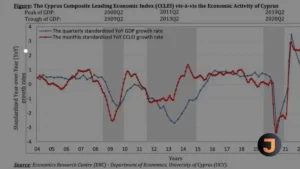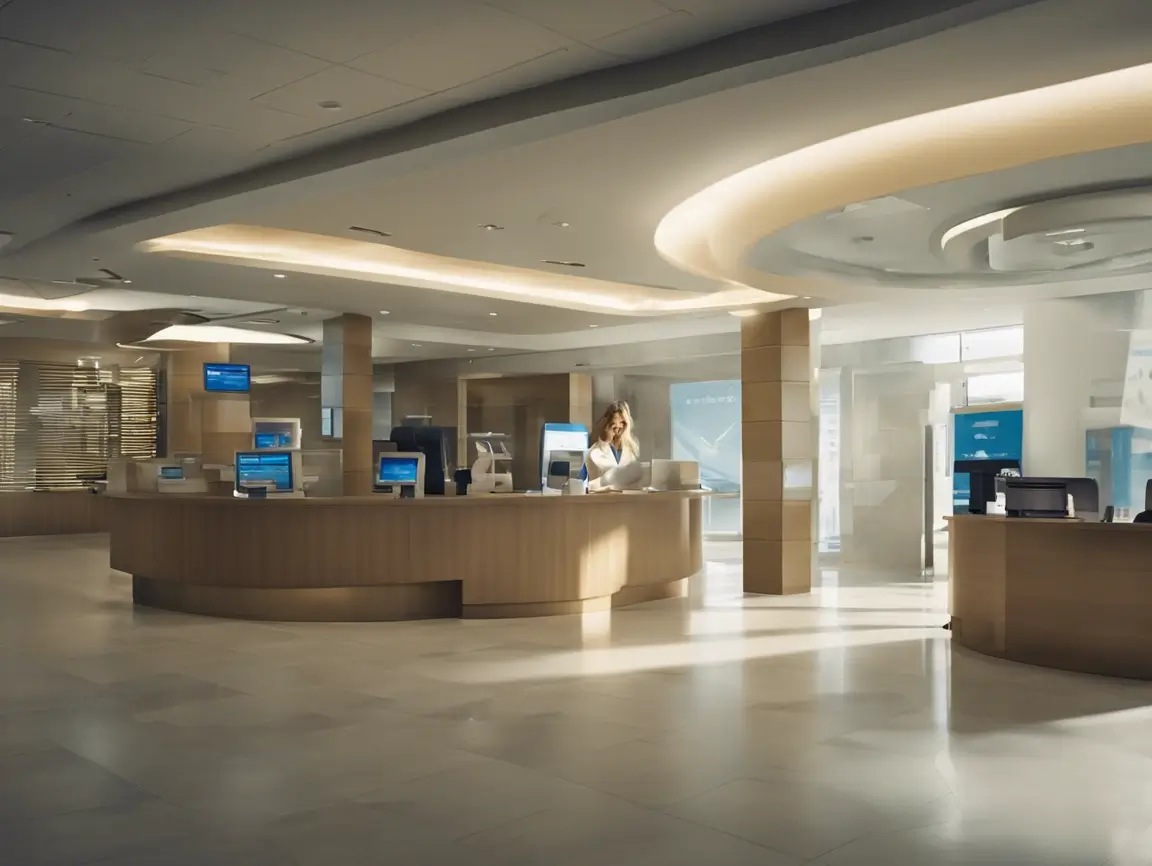In the world of business, understanding the intricacies of a lease is crucial for both landlords and tenants. A lease, by definition, is a contractual agreement where one party, the lessor, grants another party, the lessee, the right to use an asset for a specified period in exchange for periodic payments. This arrangement is pivotal in various sectors, from real estate to equipment leasing, providing flexibility and financial planning benefits to both parties involved.
Lease Meaning and Definition
The lease meaning extends beyond just a simple rental agreement. It encompasses the terms and conditions under which the lessee can use the asset, the duration of the lease, and the payment structure. The lease definition also includes clauses that protect both parties’ interests, such as maintenance responsibilities, renewal options, and termination conditions.
To elaborate on
- Operating Lease: Typically used for short-term leasing of assets like vehicles or office equipment. The lessee does not assume ownership risks, and the asset is returned at the end of the lease term.
- Finance Lease: Also known as a capital lease, this type involves long-term leasing where the lessee assumes some ownership risks and benefits. It often leads to asset ownership at the end of the lease term.
- Real Estate Lease: Common in commercial and residential property rentals. It outlines the terms for occupying and using real estate property.
Understanding
Moreover, leases often come with tax benefits. Lease payments are typically considered operating expenses, which can be deducted from taxable income, thus providing a financial cushion for businesses.
In conclusion, a well-structured lease agreement is a powerful tool in business strategy. It offers flexibility, financial advantages, and operational efficiency, making it a cornerstone in modern business operations.






